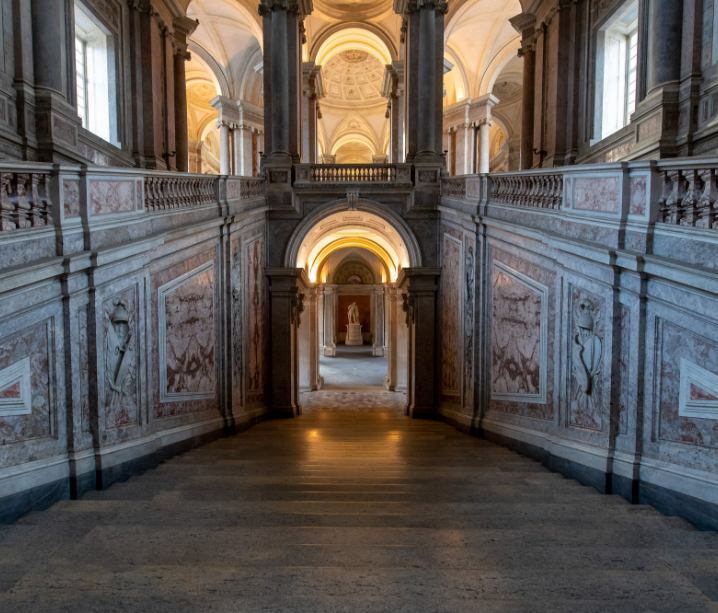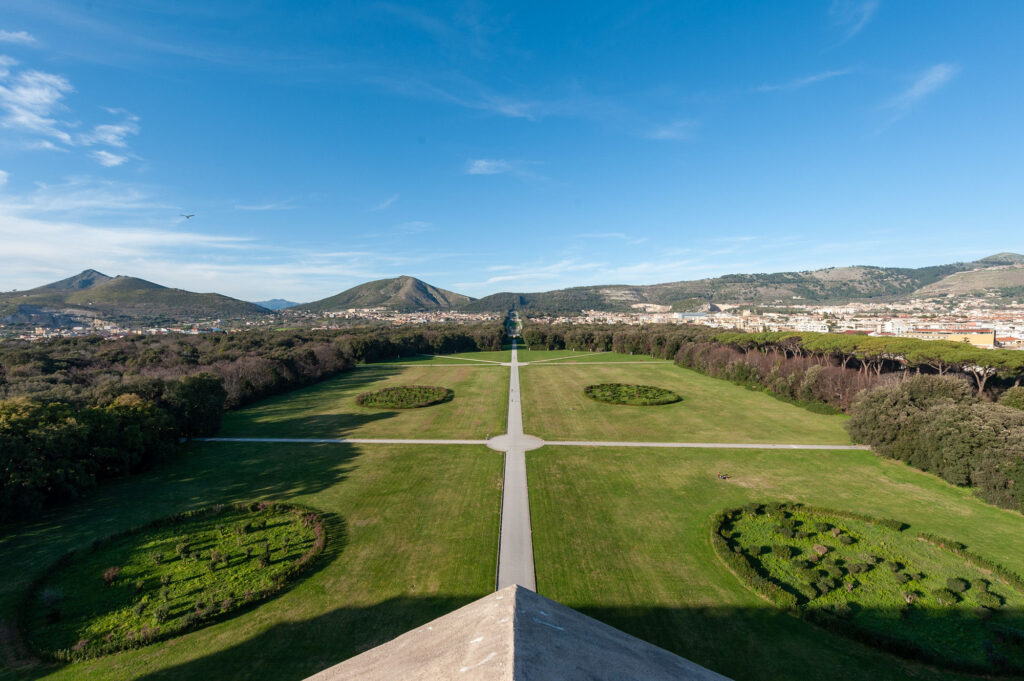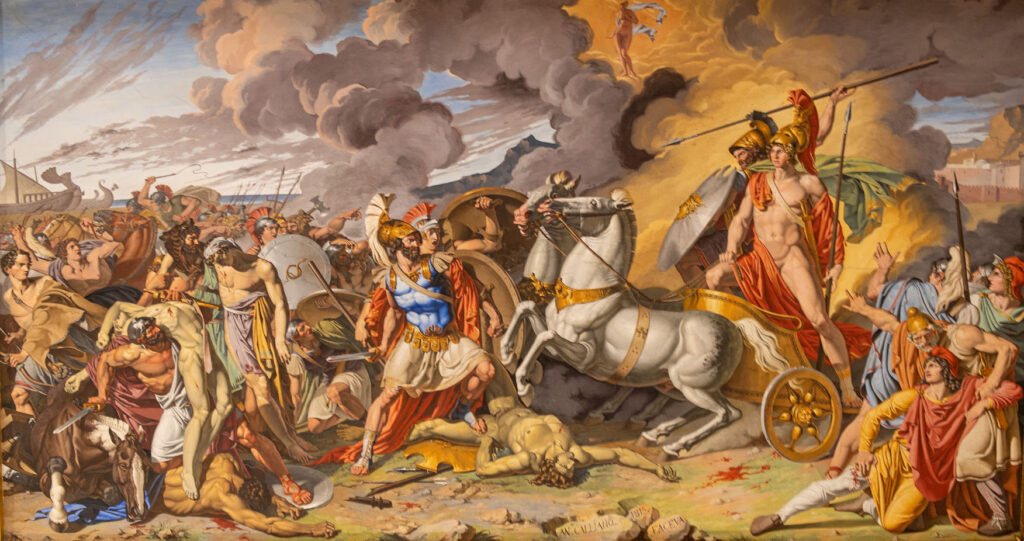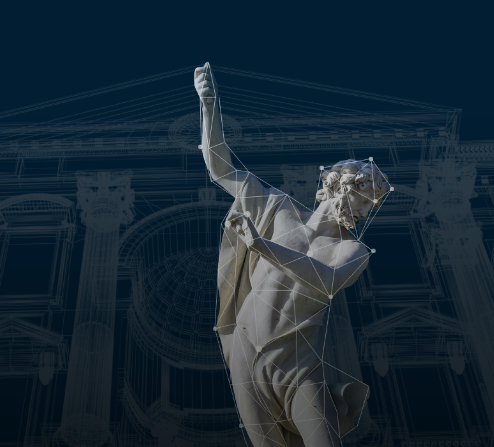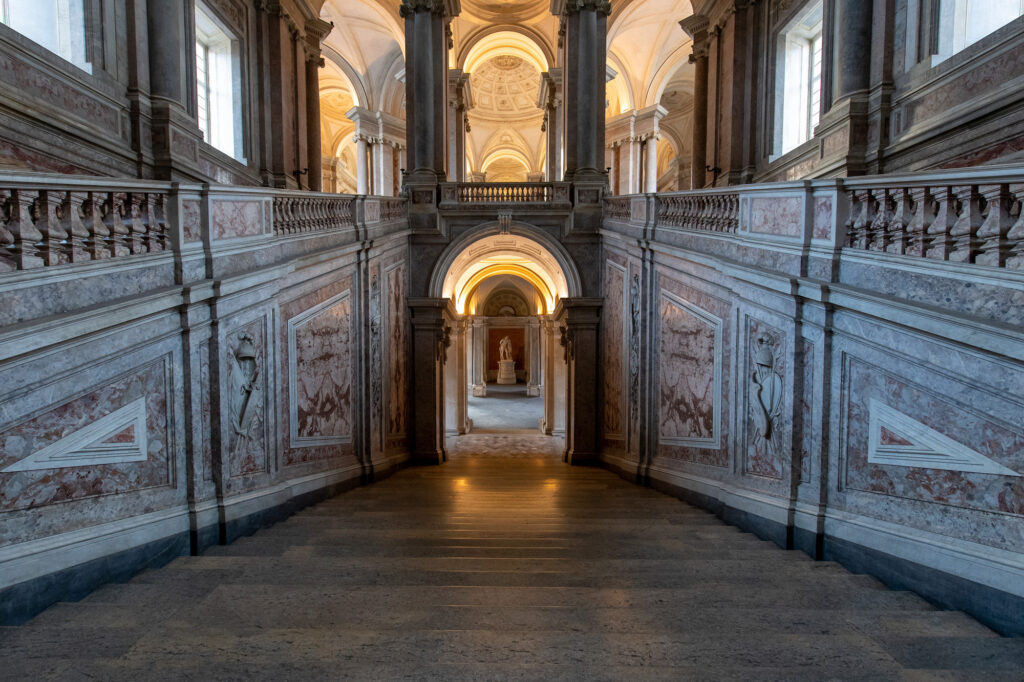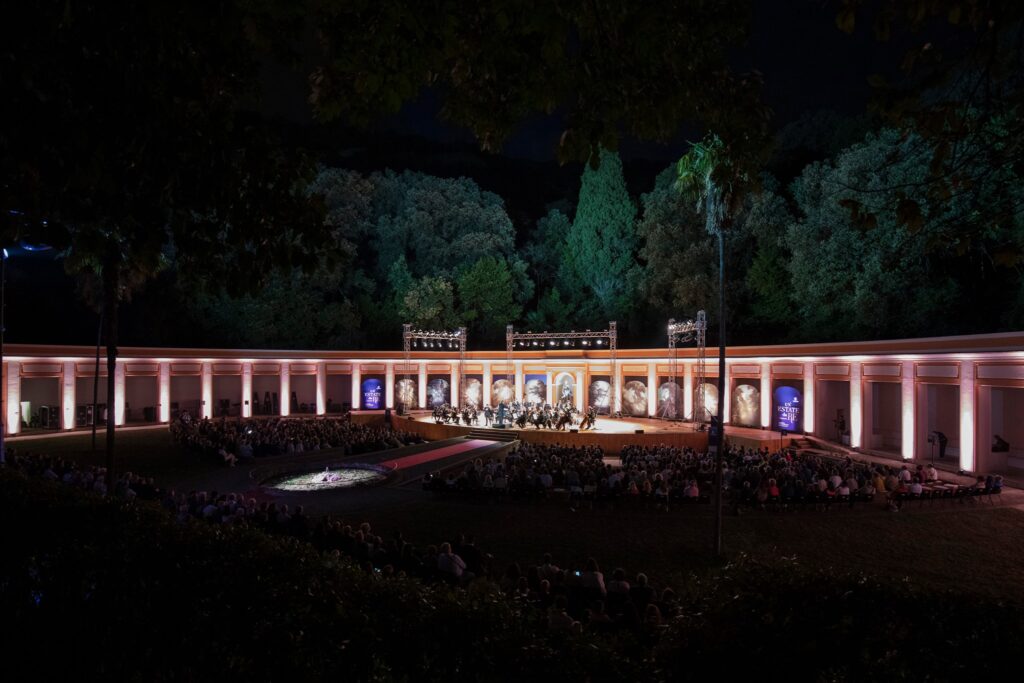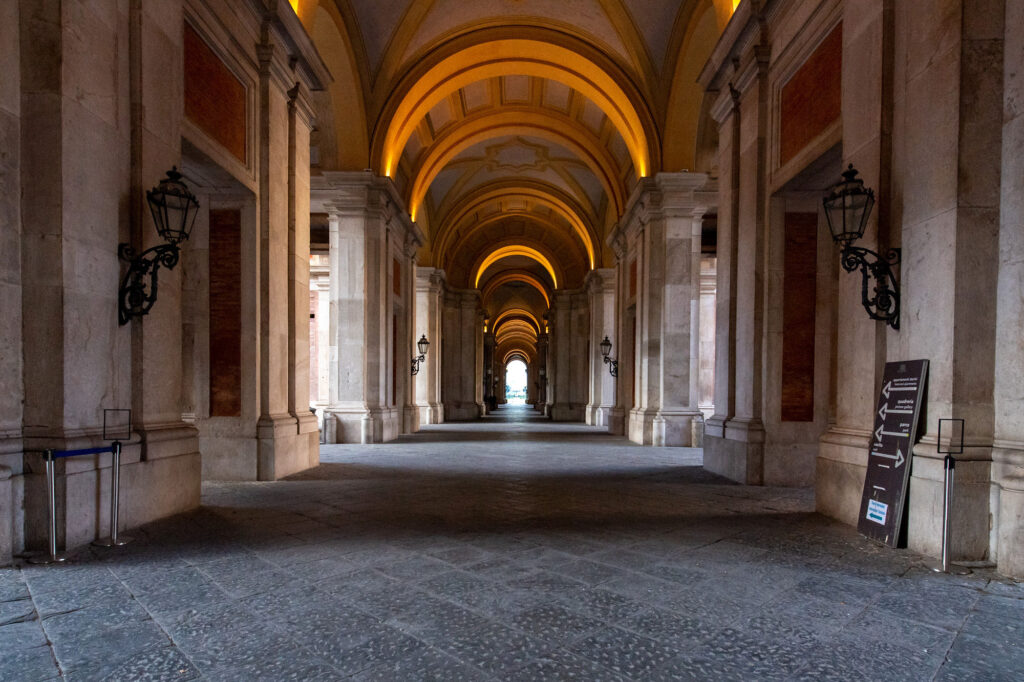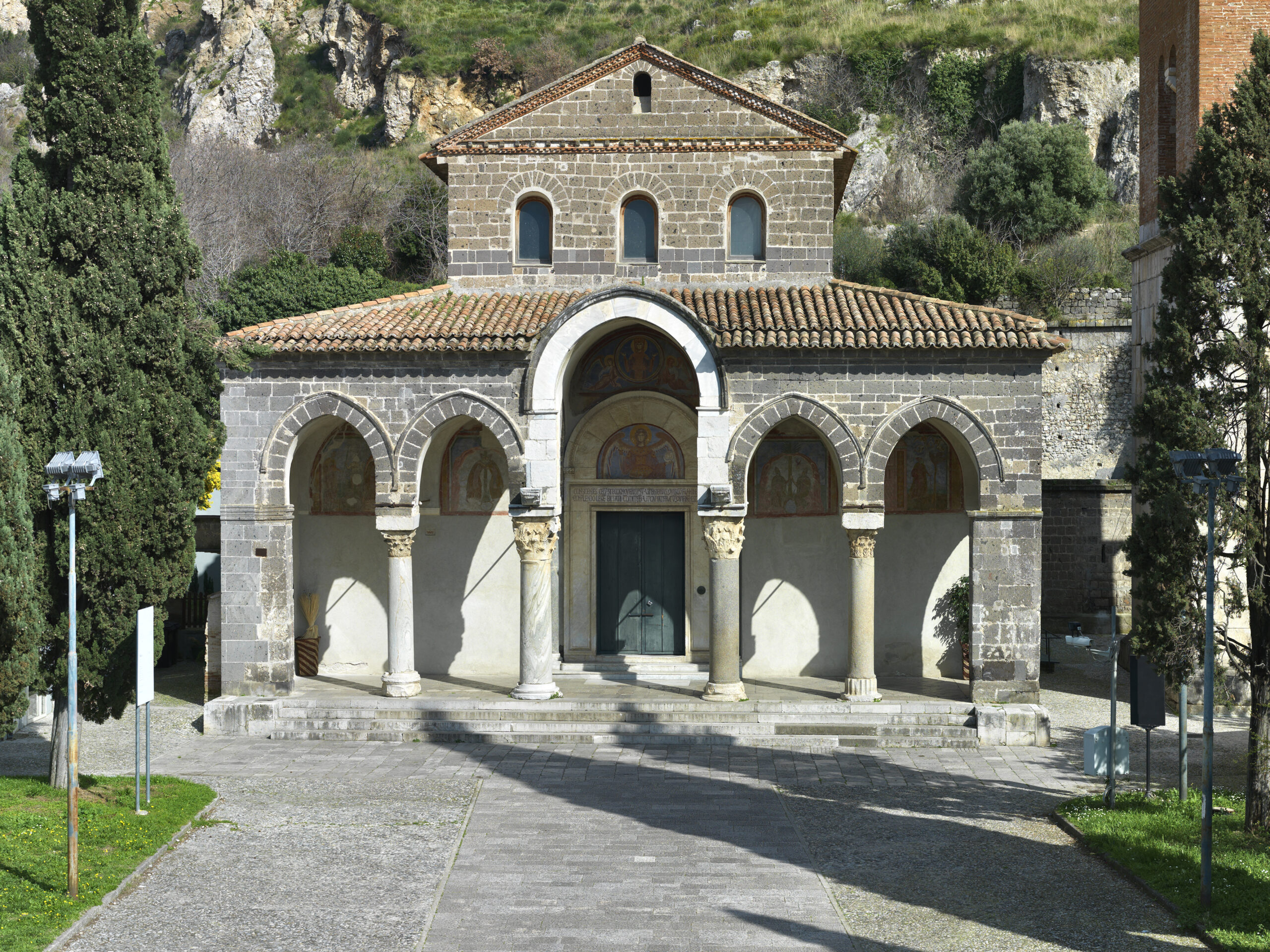From Roman temple to medieval treasure
The Benedictine Basilica of Sant’Angelo in Formis stands at the foot of Mount Tifata, on the remains of a temple dedicated to Diana Tifatina. The pagan temple’s ruins, found in 1877, show that the plan of the basilica traces its perimeter. The construction date of the primitive church of Sant’Angelo in Formis is unknown, but it is placed at the end of the sixth century AD. and it’s attributed to the Lombard princes. We do know that a church certainly existed in the 10th century, when the Cassinese monks were granted a permission to build a monastery there. In 1072 the ownership of the building passed from Richard I, Prince of Capua and Count of Aversa, to the Abbey of Montecassino, ruled in those years by Abbot Desiderio (1027-1087). Under his rectorate, the Basilica of Sant’Angelo in Formis was rebuilt and equipped with a wall decoration whose remains today represent one of the most important monuments of the Middle Ages.
 Find out more
Find out more
The Temple of Diana Tifatina
The Basilica of Sant’Angelo in Formis stands on the temple of Diana Tifatina, the only temple dedicated to the goddess in Campania. The devotion to the goddess was widespread in the area, bound to the legend that would have seen Iphigenia escape the sacrifice in Aulis, only to arrive in Italy with the simulacrum of Diana. The temple is very ancient: its podium dates back to the IV-III century. BC, while the expansion of the structure dates back to 74 BC, when it was equipped with a mosaic floor and marble columns.




The Basilica’s Structure
The basilica not only reclaimed the podium from the Roman temple, but probably also re-utilises some other elements. This is the case of the four columns that characterize the access portico and the columns marking the central nave of the structure. The basilica, lacking a transept, is spread over three naves: a layout considered by scholars to be the one desired by Abbot Desiderio. Previously the church must have had one single nave, as illustrated by a miniature from the Regesto of Sant’Angelo in Formis preserved in the Montecassino Abbey



The Decoration Of The Basilica
The internal decoration of the Basilica of Sant’Angelo in Formis is of remarkable relevance. Its pavement is very ancient, considered part of the original one that decorated the temple of Diana Tifatina. Other mosaic decorations were recovered on site over time and are now kept at the Campanian Museum. The frescoes on the wall, discovered in 1868, make the basilica one of the most significant monuments of the Italian Middle Ages. They testify to the role that the areas linked to the Montecassino Abbey played in the territory in the eleventh century, the role of mediation between eastern and western culture.








